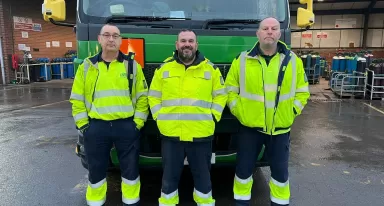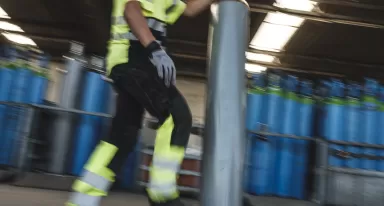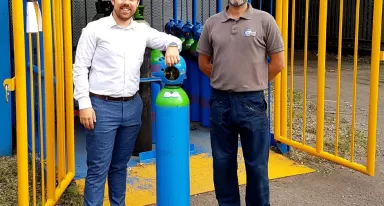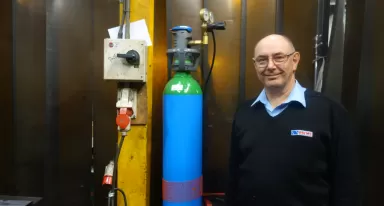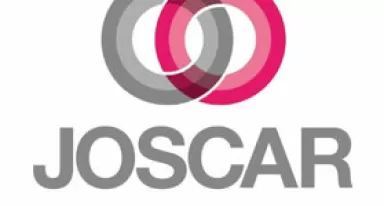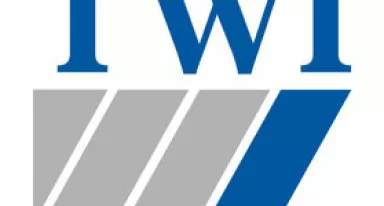Your local gas & equipment experts
Energas, with over 60+ years experience in the industrial gas and equipment industry, is a key part of the Air Liquide Group presence in the UK. Energas are a leading service provider of cylinder gases and equipment to a variety of industry sectors in the UK, delivering a local and personal service, combined with global quality products and expert technical support.
We pride ourselves on offering a responsive, high quality, local service.
Energas provides gas and equipment solutions through a comprehensive network of Regional Service & Supply Centres, located in close proximity to our customers.
The personalised service we offer from our local, friendly and knowledgeable teams means that we are able to tailor solutions to meet a diverse range of customer needs and give customers all the support you need to do business with us in an easy and efficient way.
Modes of Supply
Expertise & Support
Energas has a dedicated and highly trained Fabrication Excellence team to support our UK customers in the following ways:












